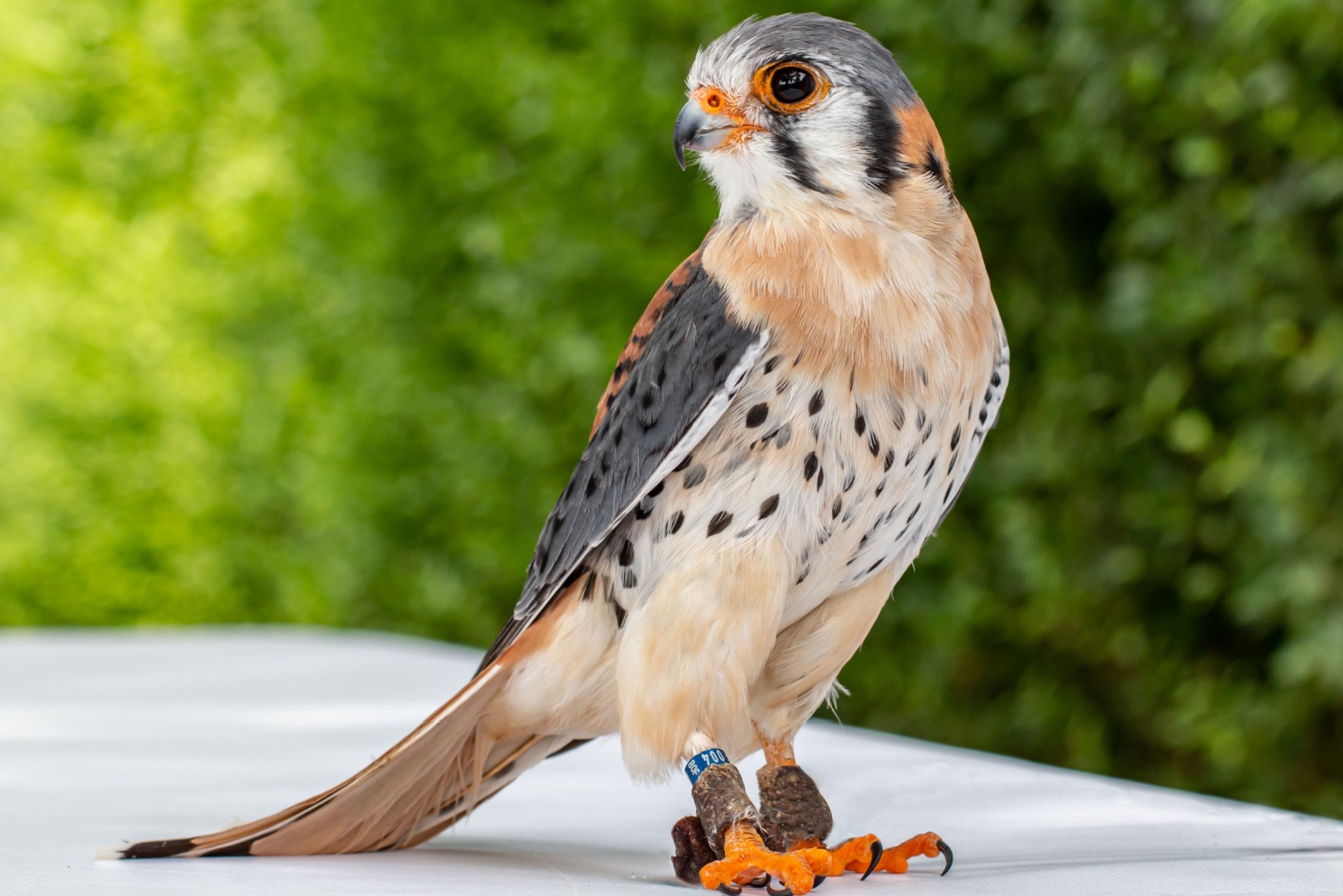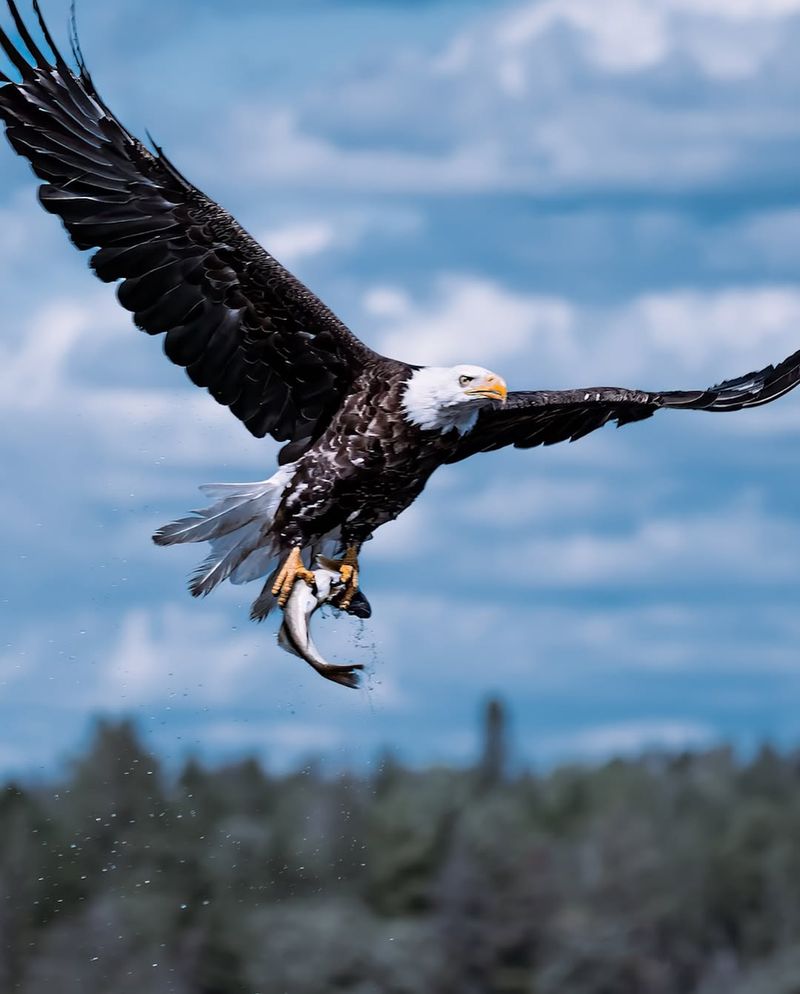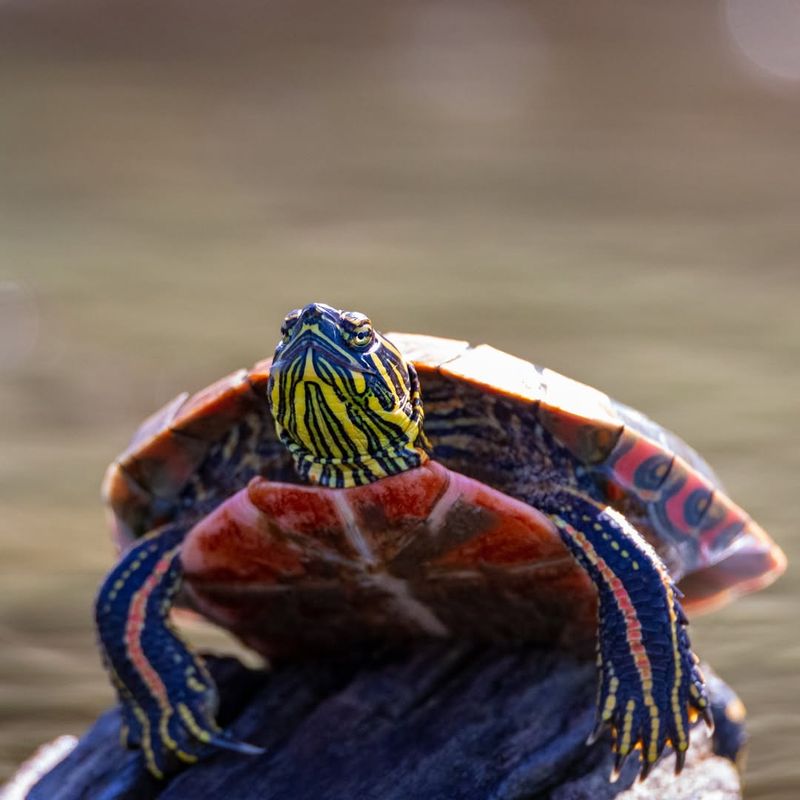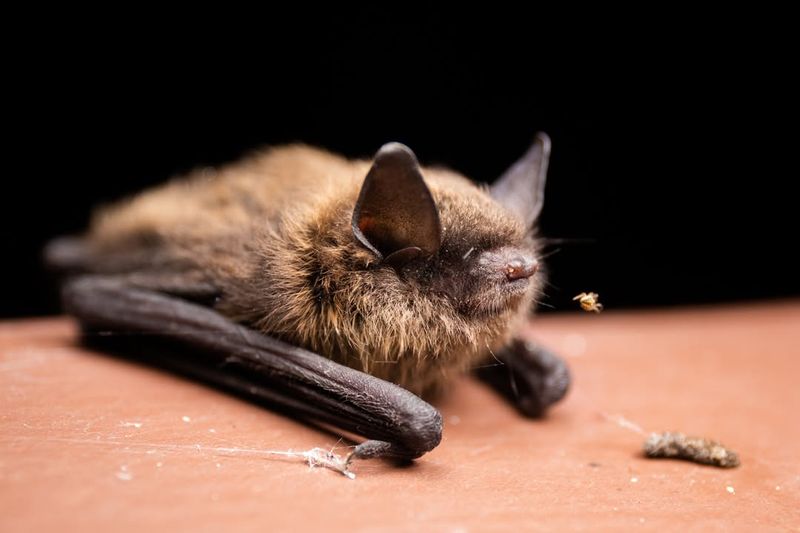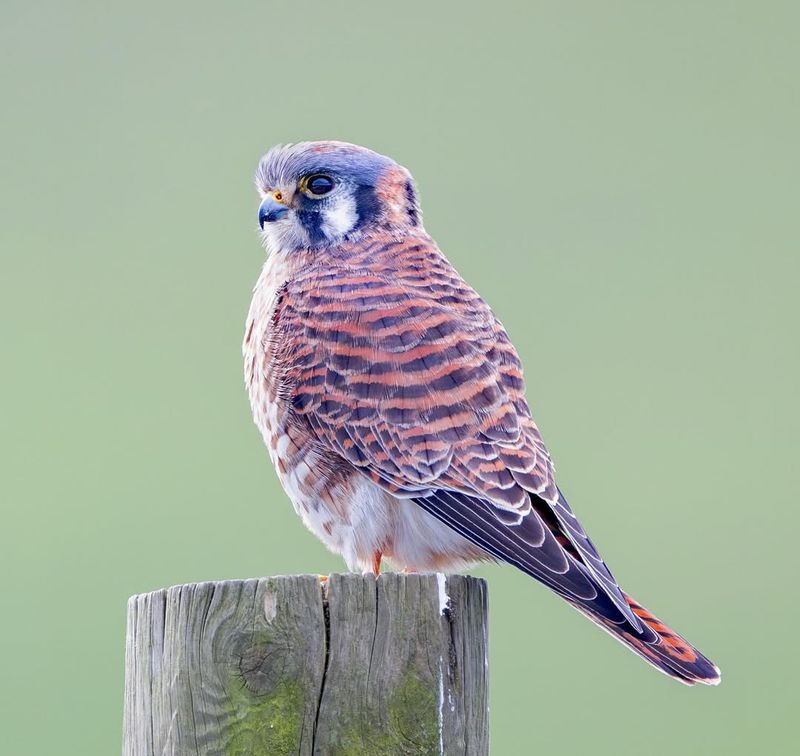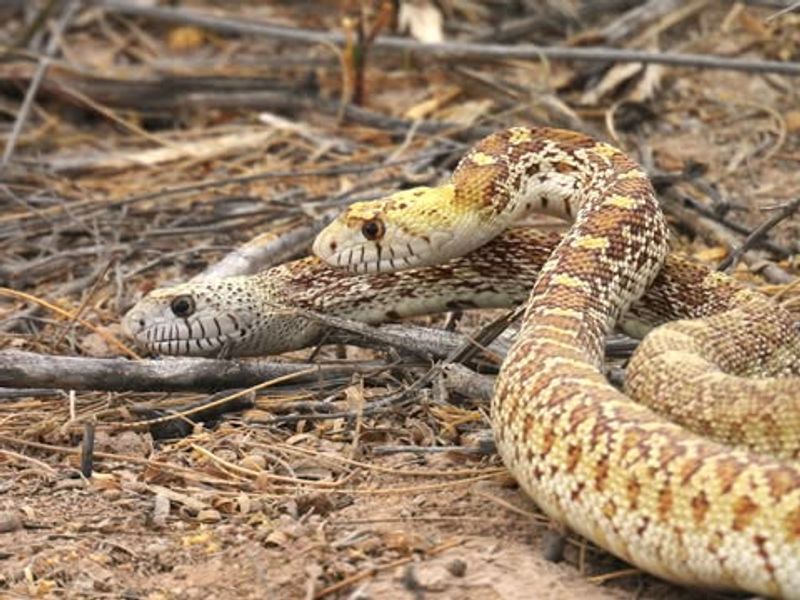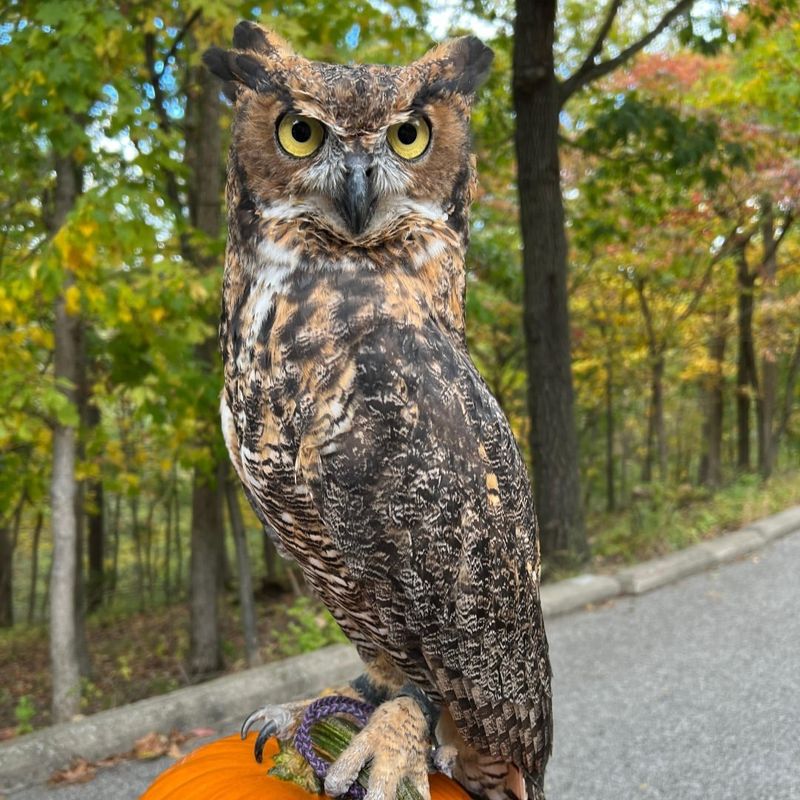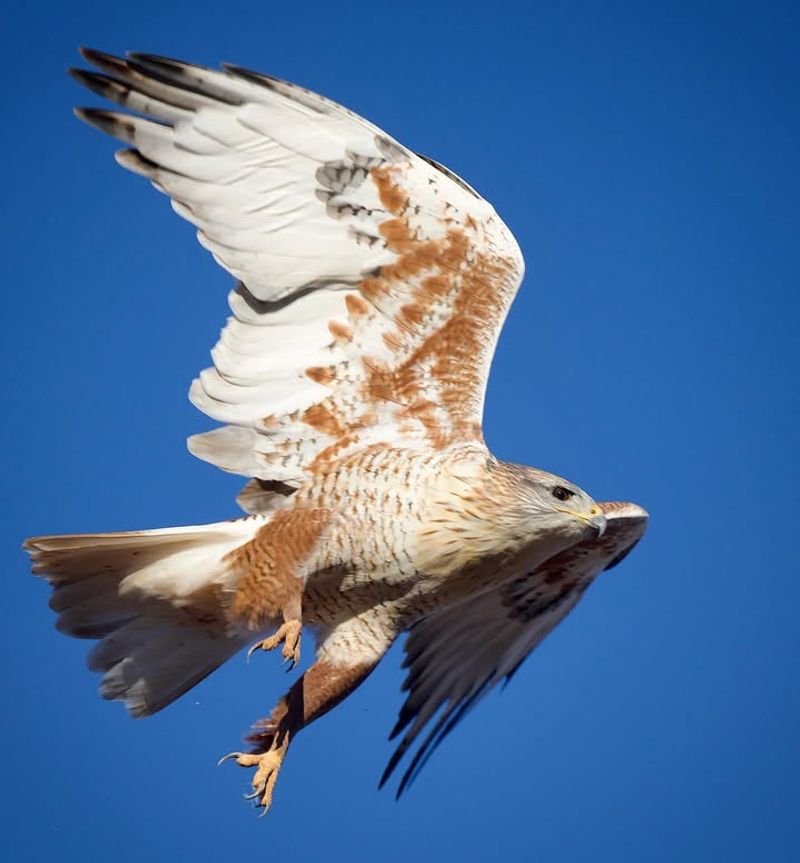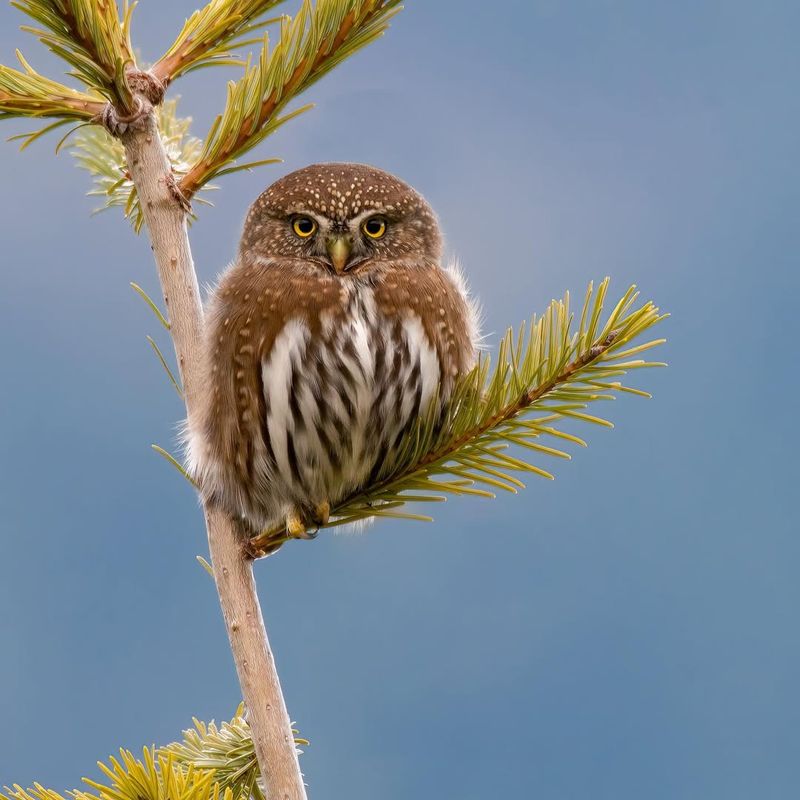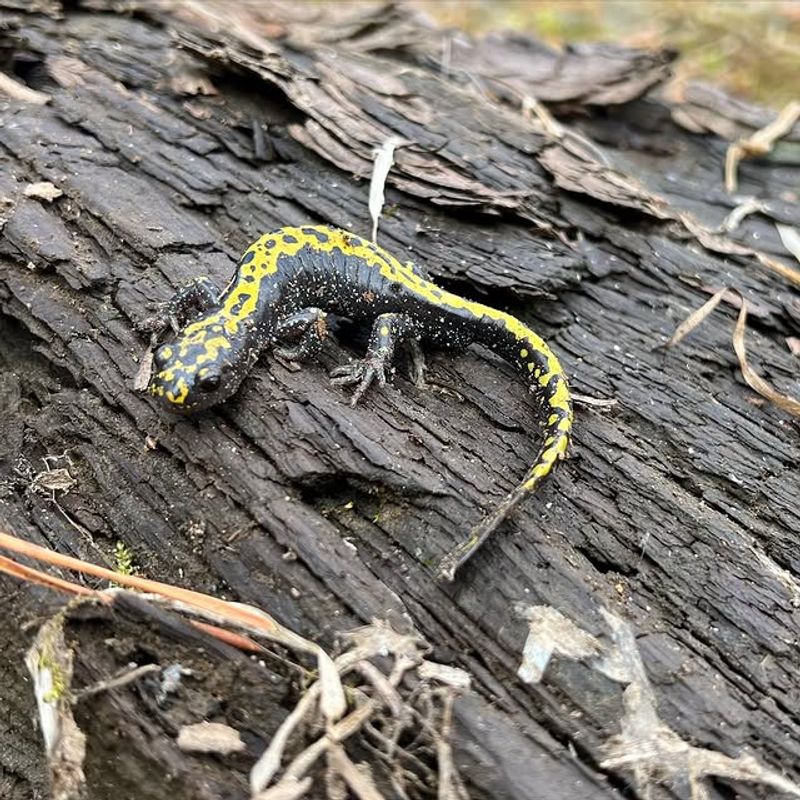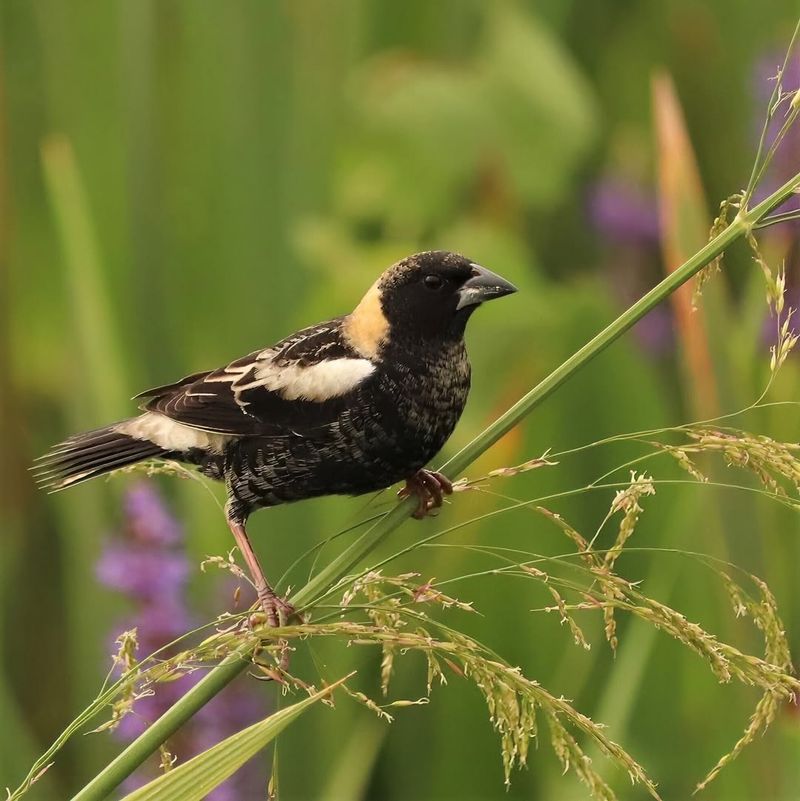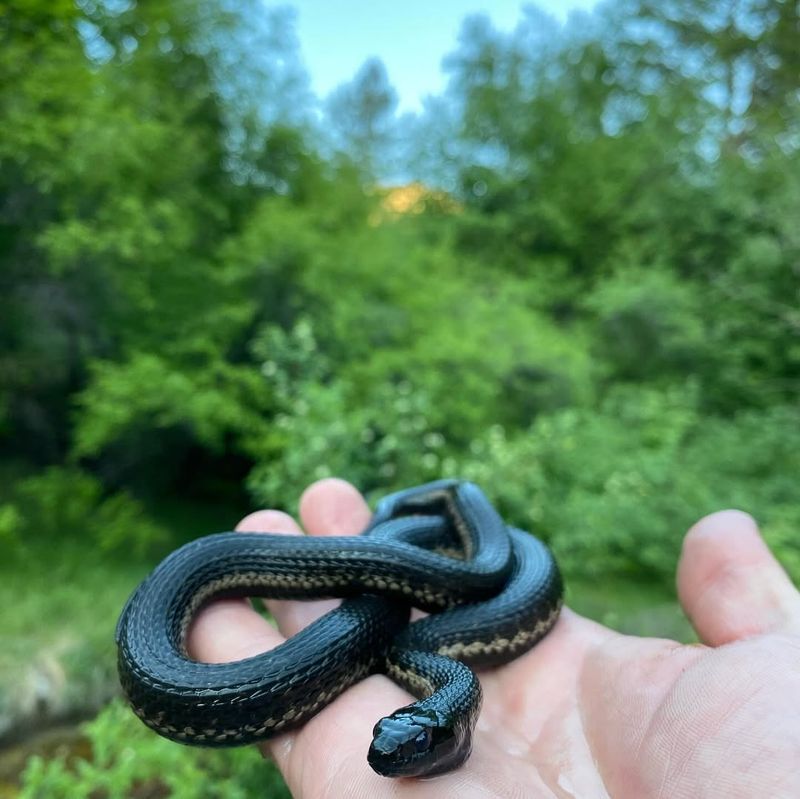Living in Idaho means sharing your space with all kinds of wildlife. Some animals might wander into your yard or even your house, but you cannot always chase them away.
Federal and state laws protect certain creatures, and removing them could land you in serious legal trouble.
1. Bald Eagles
America’s national bird enjoys full federal protection under multiple laws. Bald eagles sometimes build massive nests near homes, especially close to rivers and lakes where fish are plentiful.
If one decides your property looks like prime real estate, you must contact wildlife officials instead of taking matters into your own hands. Disturbing their nests or eggs can result in hefty fines reaching thousands of dollars.
Patience pays off since these magnificent raptors usually move on after nesting season ends.
2. Western Painted Turtles
With their bright yellow and red shell patterns, painted turtles add color to Idaho ponds and gardens. Many homeowners discover them sunbathing near backyard water features during warm months.
State regulations prohibit capturing or relocating these reptiles without proper permits. Their populations have declined in some areas, making protection efforts crucial for their survival.
If you spot one wandering through your yard, simply let it pass through naturally. They rarely cause any damage and help control insect populations around water.
3. Little Brown Bats
Finding bats roosting in your attic might seem alarming, but these tiny mammals deserve special consideration. Little brown bats face serious threats from white-nose syndrome, a deadly fungal disease decimating their numbers across North America.
Federal guidelines now protect them, making DIY removal illegal in most situations. Professional wildlife experts can perform humane exclusions during specific times of year when babies are not present.
Remember, one bat devours thousands of mosquitoes nightly, providing excellent natural pest control for your property.
4. American Kestrels
North America’s smallest falcon often hunts from telephone wires and fence posts around Idaho homes. Males display stunning blue-gray wings and rusty-red backs that catch your eye immediately.
Federal protections cover all birds of prey, including these pint-sized hunters. Kestrels help homeowners by targeting grasshoppers, mice, and voles that damage lawns and gardens throughout summer months.
Installing a kestrel nesting box actually attracts them to your property, where they provide free rodent control without any chemicals or traps needed.
5. Gopher Snakes
Often mistaken for rattlesnakes, gopher snakes perform impressive defensive displays by hissing loudly and vibrating their tails. Despite their intimidating act, they are completely harmless to humans and pets.
Idaho law protects non-venomous snakes, recognizing their importance in controlling rodent populations around homes and farms. One gopher snake can eliminate dozens of mice, rats, and actual gophers throughout the growing season.
Learning to identify them correctly prevents unnecessary panic and helps you appreciate their valuable pest management services.
6. Great Horned Owls
Their deep hooting calls echo through Idaho neighborhoods on quiet evenings, announcing the presence of these powerful nocturnal hunters. Great horned owls occasionally nest in large trees near houses, providing endless entertainment with their haunting vocalizations.
Federal law strictly prohibits disturbing these birds or their nesting sites under the Migratory Bird Treaty Act. They excel at catching rats, rabbits, and skunks that wander through yards after dark.
Enjoy their presence from a respectful distance while they handle pest problems naturally.
7. Ferruginous Hawks
Idaho’s largest hawk species patrols open fields and grasslands surrounding residential developments. Their impressive wingspan reaches over four feet, making them unmistakable when soaring overhead searching for ground squirrels and prairie dogs.
Conservation status and federal regulations protect these magnificent raptors from harassment or removal. Ferruginous hawks prefer wide open spaces but sometimes perch on tall structures near houses while hunting.
Property owners benefit from their presence since they target agricultural pests that damage crops and landscaping throughout spring and summer months.
8. Northern Pygmy Owls
Barely larger than a sparrow, northern pygmy owls hunt during daylight hours unlike most owl species. Idaho homeowners occasionally spot these fierce little predators perched in backyard trees, scanning for small birds and insects.
Despite their diminutive size, they fall under federal protection alongside all native owl species. False eye spots on the back of their heads create an illusion that they are always watching in both directions simultaneously.
Their presence indicates a healthy ecosystem with diverse wildlife thriving around your property and neighborhood.
9. Long-Toed Salamanders
After spring rains, these secretive amphibians emerge from underground hideouts to breed in temporary pools and garden ponds. Long-toed salamanders sport dark bodies decorated with yellow or green stripes running down their backs.
Idaho regulations protect salamander populations due to habitat loss and environmental concerns affecting their breeding success. They consume enormous quantities of slugs, beetles, and other garden pests during their nocturnal feeding sessions.
Maintaining chemical-free gardens and shallow water sources helps support healthy salamander populations that naturally control pest outbreaks year-round.
10. Bobolinks
Male bobolinks wear tuxedos backwards, with black fronts and creamy patches on their backs and heads. Their bubbly, mechanical songs fill Idaho hayfields and meadows during late spring migration periods.
Migratory bird protections cover these grassland specialists, which have experienced significant population declines across their range. They nest in tall grass areas, sometimes choosing unmowed portions of residential properties near agricultural lands.
Delaying lawn mowing until mid-July helps protect nesting bobolinks and other ground-nesting birds that raise families in grassy suburban areas.
11. Wandering Garter Snakes
Gardens throughout Idaho host these colorful, harmless snakes that sport bright yellow or blue stripes along their sleek bodies. Wandering garter snakes earned their name from their habit of traveling considerable distances while hunting for food.
State wildlife regulations protect native snake species, recognizing their ecological importance in maintaining balanced ecosystems. They feast on slugs, earthworms, and small rodents that might otherwise damage vegetable gardens and flower beds.
Leaving them undisturbed provides free, environmentally friendly pest management without resorting to harmful chemicals or expensive control methods.

